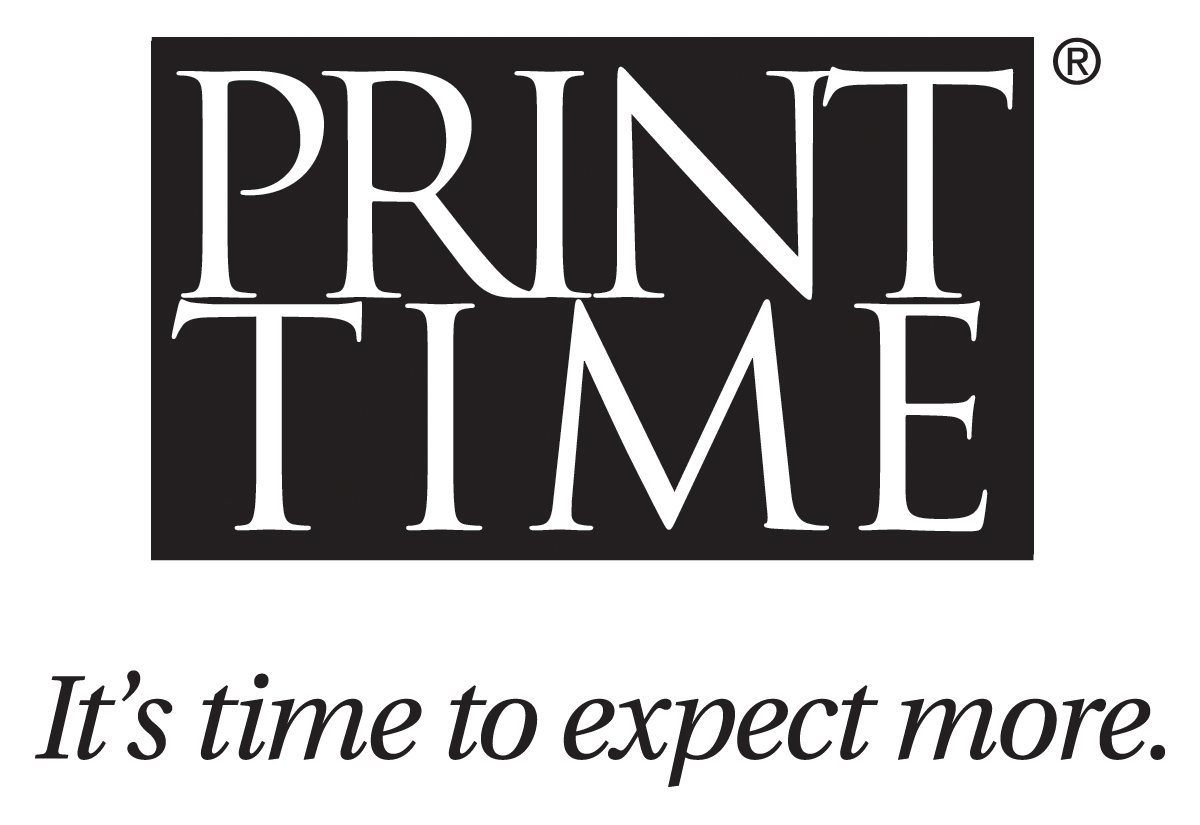In today’s fast-paced world of design and marketing, digital printing stands at the forefront of innovation, offering unparalleled flexibility and quality. Unlike traditional methods, digital printing leverages cutting-edge technology to reproduce images directly from digital files onto various substrates, ranging from paper to fabric and beyond. This transformative process has revolutionized the printing industry, enabling businesses and individuals alike to produce high-quality, customizable prints with efficiency and precision.
The Evolution of Printing: Embracing Digital Precision
Digital printing has evolved significantly from its early days, where it was primarily used for short-run projects and personalized items. Today, advancements in technology have elevated digital printing to a versatile solution capable of meeting diverse needs across industries. Whether it’s producing vibrant marketing materials, intricate signage, or bespoke packaging, digital printing offers unmatched versatility and speed.
Advantages of Digital Printing
One of the key advantages of digital printing lies in its ability to accommodate variable data printing (VDP), allowing for personalized content tailored to individual recipients. This capability is invaluable for targeted marketing campaigns and enhancing customer engagement. Moreover, digital printing eliminates the need for costly setup processes associated with traditional offset printing, making it a cost-effective solution for both small and large-scale production runs.
Applications Across Industries
Digital printing’s versatility extends across various industries, from retail and hospitality to healthcare and beyond. In retail, businesses utilize digital printing to create eye-catching displays, promotional materials, and packaging that reflect brand identity with unparalleled clarity and color accuracy. Similarly, healthcare facilities leverage digital printing for patient education materials, signage, and personalized medical forms, ensuring clear communication and compliance.
Environmental Sustainability
Beyond its efficiency and versatility, digital printing is also making strides in environmental sustainability. Unlike traditional printing methods that generate excess waste and consume substantial resources, digital printing minimizes environmental impact by reducing energy consumption and material waste. This eco-friendly approach resonates with businesses committed to sustainable practices and corporate social responsibility.
Future Trends and Innovations
Looking ahead, the future of digital printing promises continued innovation and integration with emerging technologies such as augmented reality (AR) and artificial intelligence (AI). These advancements are poised to further enhance customization capabilities and streamline workflows, empowering businesses to deliver immersive brand experiences and optimize operational efficiency.
Conclusion
In conclusion, digital printing represents more than just a technological advancement; it signifies a transformative shift in the printing landscape. By combining precision, flexibility, and sustainability, digital printing enables businesses to achieve unparalleled quality and efficiency in their print projects. As the industry continues to evolve, embracing digital printing ensures staying ahead in a competitive market while meeting diverse customer demands effectively.
Whether you’re a small business looking to launch a targeted marketing campaign or a large corporation seeking to enhance brand visibility, digital printing offers the tools and capabilities to bring your vision to life with uncompromising quality and impact.


Leave a reply